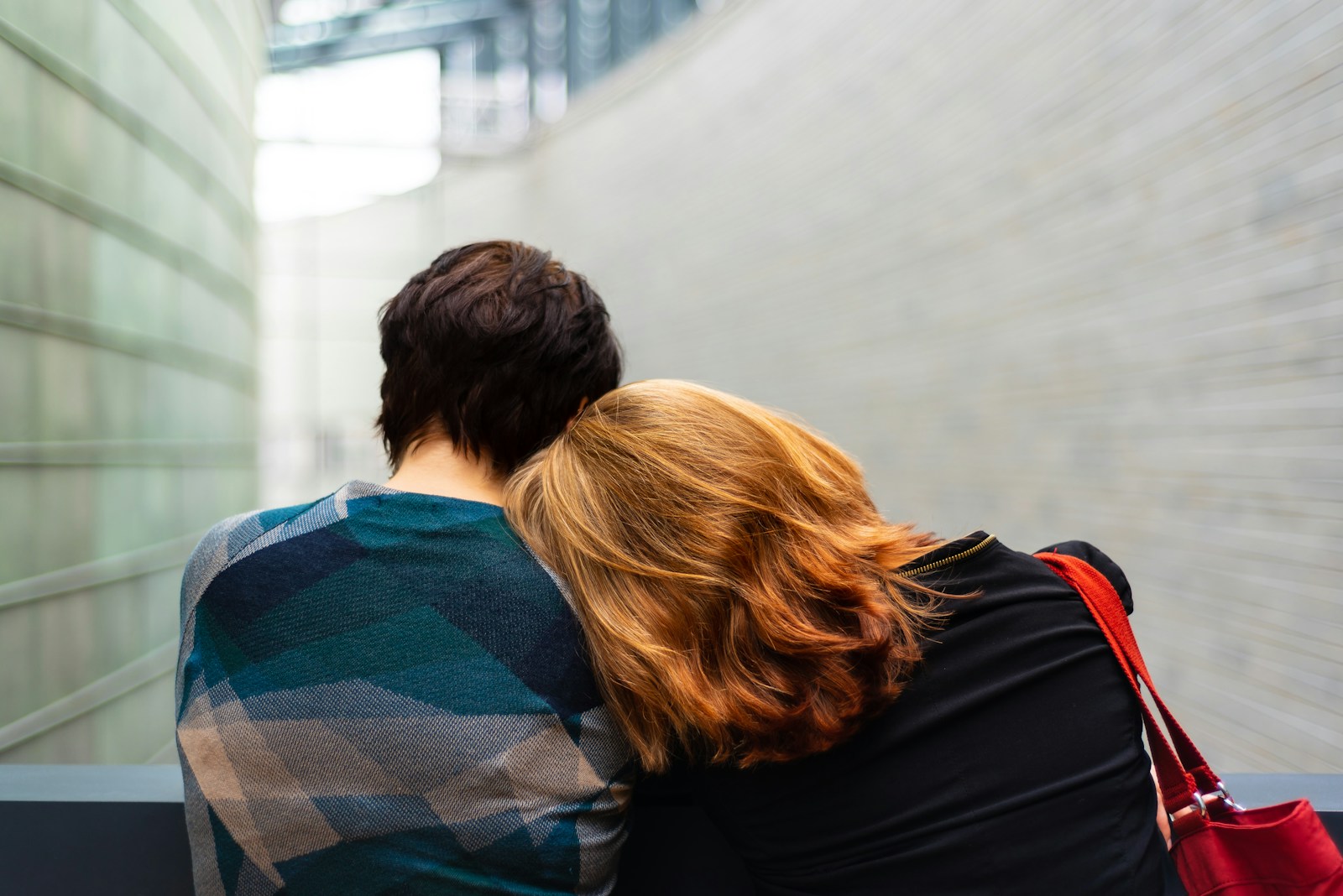Just like us, our furry friends can become anxious and stressed in certain situations. In dogs, anxiety might be the result of several different things including changes to their routine or environment, bad past experiences, or medical issues. Dealing with an anxious dog is not always easy as you need to figure out what’s going to work well for them to keep them feeling calm and settled. A visit to the vet is often the first best step to take if you have noticed any signs of anxiety in your dog, as this will rule out any underlying physical health issues that might be causing it.
Common Anxiety Signs in Dogs
Some common signs and symptoms of anxiety in dogs are reluctance to take part in normal activities like walking or playing with other dogs or people, shaking and trembling, barking and howling more than usual, urinating inappropriately, and excessive licking and grooming. Resource guarding is a normal dog behavior, but an anxious dog may be more likely to guard his resources such as food and toys. This is especially true if this is a new behavior, and your dog was not resource guarding before. Resource guarding in dogs can be a stressful symptom of anxiety and other underlying medical conditions that your vet can help rule out. It may be a more common symptom if a new pet has been introduced. Visit Native Pet to learn more about resource guarding in dogs and how to deal with it. Native Pet offers various products such as calming chews that you can give your dog to help with anxiety problems.
Finding the Cause of Anxiety
If you have noticed a change in your dog’s behavior due to heightened anxiety levels, your vet or dog trainer may be able to refer you to a behavioral specialist to help with these issues. However, this does not address the root cause of why your dog is anxious. Finding the root cause of the anxiety is the only way to deal with it fully and put strategies in place to reduce anxiety in your dog. It’s a good idea to spend some time listing any potential reasons why your dog may be more anxious than usual right now. Moving house, a new baby, or a change to their routine, for example, if you have started a new job with different hours, are all common causes. If your dog has started going to a new doggy daycare center or is working with a different dog walker, these changes can lead to anxiety that will usually go away as your dog gets used to their new routine.
Separation Anxiety in Dogs
Another difficult type of anxiety to deal with in dogs is separation anxiety. This is quite a common problem as most dogs are natural extroverts that might feel anxious and bored if they are left alone. If you’ve heard from your neighbors that your dog is very vocal when you leave her home alone, or you get home to find items in your house chewed up, then these are some common symptoms of a separation anxiety problem in dogs. Spending enough quality time with your dog is key to helping relieve the symptoms to separation anxiety. You should also focus on leaving your dog alone for a shorter period of time so that they can get used to the idea that you are going to come back. Any time you do have to leave your dog alone, make sure that they are comfortable and have something to entertain themselves with like puzzle and chew toys to relieve boredom.
How is Anxiety in Dogs Treated?
No matter the underlying reason why your dog is suffering with anxiety problems, there are several options to consider in terms of treatment. These include:
Medication
Prescription medication can be provided by your vet to use in situations where your dog is suffering from prolonged periods of stress or has begun to show problem behaviors due to his anxiety levels. Dogs that suffer from phobias or tend to be aggressive when fearful will usually be prescribed azapirones, or you can get benzodiazepines to help your dog calm down – this medication is usually only prescribed over a short time period. Antidepressants are commonly prescribed to dogs with anxiety problems, phobias, panic, and compulsive behaviors. Behavioral therapy for dogs is usually recommended alongside any medication.
Natural Remedies
You can also use several natural remedies that are available to help your anxious dog return to a sense of calm. Bach Rescue Remedy, Kalm Aid, Adaptil, and calming chews, sprays, and diffusers can also be useful to create a more calming environment for your dog and help them to relax. Some dog owners also find that a Thundershirt is an ideal way to help their dog feel calmer and more secure in stressful situations. Thundershirts are a type of jacket that your dog can wear that puts gentle yet consistent pressure on the torso, having a calming effect on the dog by making them feel more supported. Many dog owners find that these work well for situations where there are loud noises such as fireworks that may stress the dog out.
Nutritional Changes
What your dog eats may also have an impact on his behavior. If you have recently changed your dog’s food and they have begun displaying symptoms and behaviors that might point to anxiety, it’s worth considering if the food may be causing it. In some cases, switching to a food with a different nutritional balance to what your dog has gotten used to can cause serotonin and blood sugar levels to be altered, along with changing the rate that your dog releases energy. In this case, it’s worth switching back to your dog’s previous diet to see if this has a positive effect on the anxiety. If you want to change your dog to a different diet, it might be worth doing this gradually rather than a straight swap, to give your dog a chance to adjust over time. Always make sure that your dog is fed at regular times to avoid blood sugar fluctuations, that can lead to anxiety symptoms.
Just like humans, dogs can also get anxious. Understanding what causes anxiety in dogs and how to deal with it is important for any pet owner.






